Why lignite...?
Why is proper soil management so important nowadays?
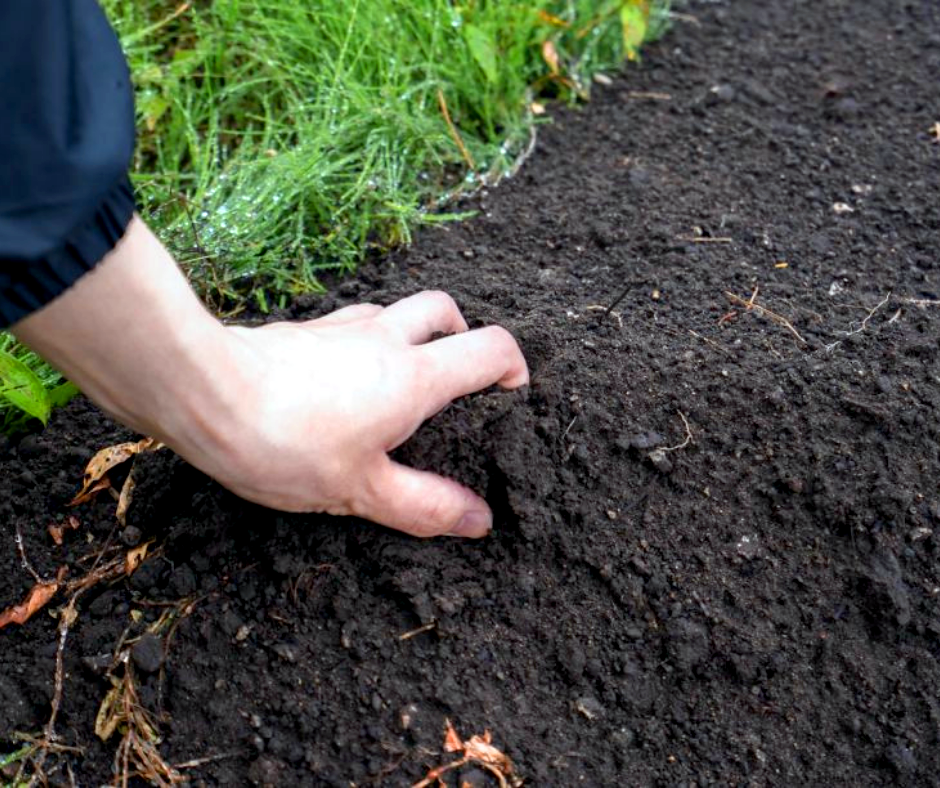
Before we attempt to answer the question why, in our opinion, we should widely use products from processed lignite in plant cultivation, it would be worthwhile to mention the most important and most precious resource that every farmer or gardener holds in their possession – the soil. In Poland, we have less and less agricultural soil due to urban development, new roads, new huge logistic centres and other work establishments. Our soils are prevalently young, of postglacial origin and that is why they contain less humus compared to many other European countries. Additionally, bad agricultural practices have escalated the process of humus decay and therefore now our soils contain 25-30 % less of it than in the 19th century. Consequently, today the soil features low fertility and productivity which combined with low water storage leads to low crops and their sensitivity to droughts. By basing plant cultivation on soil fertility – and this is the underlying assumption of sustainable and organic farming according to directions in European policy – we must restore soil quality, which under optimum circumstances might be achieved no sooner than after 40 to 50 years. That is definitely too long to wait! We must do it much sooner, within 10-15 years, so we have to accelerate the process by leaps and bounds. However, now we know how to do it.
The spiral of loss of soil fertility
As of today, Poland has approx. 25 % degraded soil and approx. 75 % highly degrades soil, and we owe this mostly to ourselves. It is because of harmful human activity consisting in misunderstanding of biological processes in the soil and totally robbery exploitation of our soil resources that we have been doing for decades, the situation is becoming worse and worse year by year. Intensification of soil cultivation, abuse of synthetic fertilizers, especially the nitric ones, simplification of crop succession or monoculture, decrement of biomass (e.g. straw or compost), these all decrease the diversity of soil organisms and thus impede creation of humus in the subsequent years. What is more, removal of biomass from a field causes the soil microbes to decompose the humus instead of using the fresh organic matter. This leads to a vicious circle i.e. soil humus decrement causes the need to increase mineral fertilization, which in turn accelerates the processes of humus decomposition and further loss of fertility.
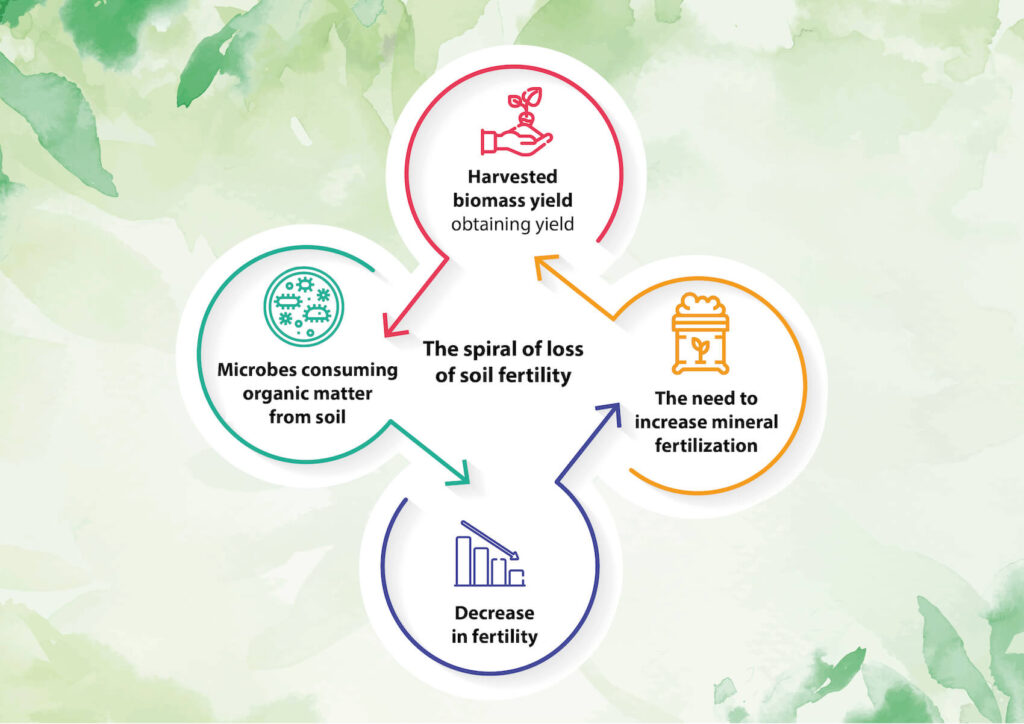
Merely 1,6% - this is the average content of organic matter in Polish soils acc. to IUNG (Institute of Soil Science and Plant Cultivation)
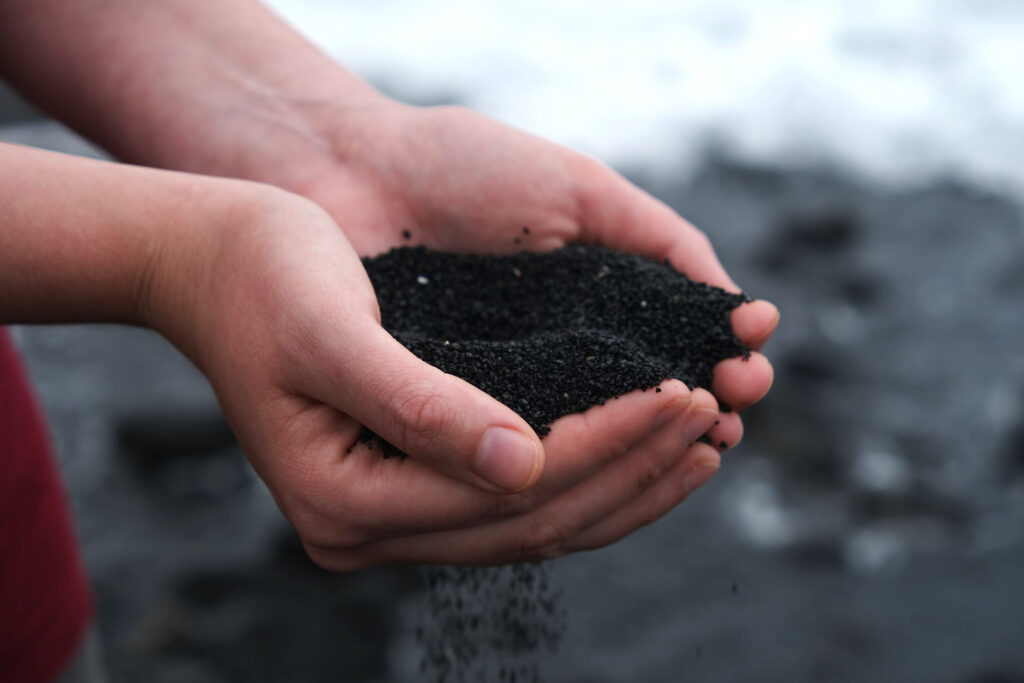
According to European Commission standards, any content of organic matter that is below 3.5 % leads to soil stepping, while a drop below 1.7 % precedes desertification of such areas, which necessitates regeneration or reclamation of such soils. According to IUNG, the weighted value of Polish soils is merely 1.6 % while e.g. regions specialized in horticulture often do not exceed a mere 1.2 %.
Soil humus constitutes a huge storage of nutrients
Water absorption and storage
Fertile soil ensures effective storage of water (every 1 % means as much as 160 t of water per hectare) and inhibits the processes of eolian and water erosion. What is more, structural humus soil ensures absorption and storage of 85 % of rain water for plants, while for degraded soil that factor is only 20 %.
Aggregation of minerals
Humus has the capacity of storing ingredients of fertilizers which is even 800 times greater than that of soil minerals and it limits their outwashing to groundwater and increases their availability to plants. Additionally, rich soil basically improves bioavailability of nutrients.
CO2 sequestration
Inadequate soil management, such as ploughing or mixing various biomass with surface layer of soil, significantly increases CO2 emission to atmosphere. Therefore, it is essential to encourage agricultural practices that facilitate increase of biomass and ensure positive balance of carbon in the soil.
Humus is formed over a long time but it can be destroyed very quickly. We need...
up to 15 years
to create the so called active humus
15-100 years
to create stabilized humus
+ 100 years
to create permanent humus
Chemical composition of humus is approximately as follows: 60% C, 30% O2, 6% N, 1,2% P, 0,9% S and numerous microelements. The proportion of most important macroelements in humus C : N : P : S is thus 10 : 1 : 0.2 : 0.15, respectively. Thinking globally, soil contains twice more carbon than Earth atmosphere (1500 bln t and 700 bln t, respectively ).
Our solution? Lignite!
But not every kind of it...
Very few people associate brown coal with agriculture, especially the organic one, or with a home garden, they would rather associate it with the smoking chimney of their neighbour or power plants. Currently the situation is changing diametrically since both politicians and ordinary people are aware of the bad state of air quality (smog) and massive soil degradation due to careless, sometimes even predatory exploitation of the latter in the 19th and 20th centuries. In connection with worldwide climatic changes and related European policies, brown coal has become sort of public enemy number one, therefore a new outlook at that resource is becoming so important as well as revision of what we have known about it so far.
Here at CarboHort we are striving to change the perception and use of lignite which so far have been harmful to both the environment and people. Using that resource does not have to be restricted to its burning which wastes its potential, but rather something otherwise, which is the support of improvement of soil quality, also through increased assimilation of carbon dioxide due to the phenomenon of capturing or “sequestration” of CO2. Poland is one of the few countries worldwide which have deposits of “the brown gold”, which allows a leaps and bounds improvement of soil quality and assimilation of carbon dioxide therein, while at the same time supporting high production of top quality food. And, what’s important, all this leaves a negative carbon footprint.
The first, very basic attempts to use brown coal to improve soil quality, were made in Germany and Poland over a hundred years ago. The two world wars and then the rapid growth of industry interrupted those works until 1950s and it has been only recently that knowledge and sophisticated technologies allow taking full advantage of the potential of brown coal in plant cultivation. For these applications only properly processed “young” brown coal, the so called lignite, is suitable. Lignite is found in shallow deposits of relatively minor degree of carbonization i.e. enriching organic substances with carbon. Creation of lignite deposits is a particularly complex and complicated process, depending on numerous factors such as: climate, development of fauna, presence of various microorganisms, morphology and tectonics of a given area. Practically, none of the deposits of that resource on the planet is homogenous.
Examples of carbon and organic substance contents in most commonly used fertilizers and fertilizing materials of organic origin.
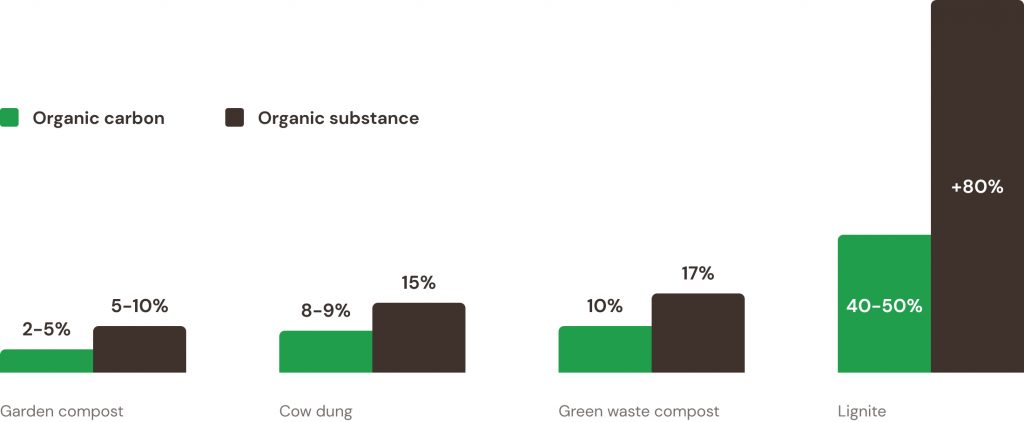
The data is presented as converted into fresh mass (natural moisture) as this makes it easier to imagine the load of organic components introduced along with a specific portion of a given fertilizer. Obviously, chemical composition of fertilizers and fertilizing materials is variable and depends on numerous factors, among others animal species and age and type of litter bedding (manure), type of materials used to produce compost, lignite deposits etc.
Humic substance
Processed lignite contains a complex of amorphous humic substances identical as the ones present in humus – those are fulvic acids, humic acids as well as humins and bitumens whose addition to soil drastically increases humus content and permanently restores its quality and fertility. Considering merely such an aspect as solubility it seems that the most significant for broad agri-horticulural application are fulvic and humic acids. Furthermore, those substances considerably lower access of heavy metals and other harmful compounds and thus improve healthfulness of soil and plants growing therein.
Fulvic acids
They easily penetrate into roots, stems and leaves, carrying microelements from the surface to plant tissues. They are key components of high quality foliar fertilizers. Plant sprays containing chelates of fulvic acid and minerals may be applied as basic biostimulating technique for maximization of plant productivity. Applied upon plant leaves they transport microelements directly to metabolic centres in plant cells, accelerate growth and cell division as well as contribute to a major increment of carbohydrates content in leaves and stems. Fulvic acids are known as the most effective carbon compounds which chelate microelements.
Humic acids
They easily bond with clay minerals and create stabile clay complexes. These acids are capable of binding synthetic chemicals and creating compounds with numerous elements: analysis of humic acids revealed as many as over 60 various elements. They are bonded with humic acid particles in a form which can easily be used by plants. Humic acids act as chelating compounds for iron, copper, zinc, magnesium, manganese and calcium. They decrease cation toxicity while at the same time preventing their eluviation and boosting their assimilation by plants to increase productivity.
Using CarboHort products
is extremely easy
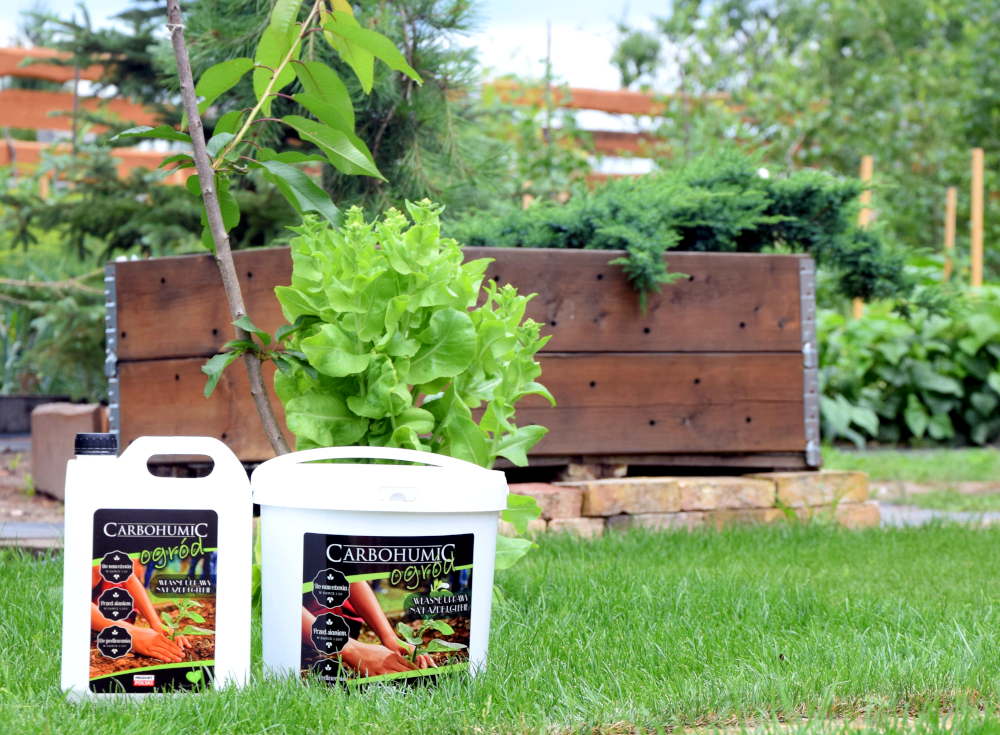
All products marked with CarboHort logo come from processing of lignite and are designated for use with every species of grass, herbaceous plants, shrubs and trees present in our gardens and on our fields. They may be used in allotment gardens, crop gardens, greenhouses, nurseries, ornamental plants, orchards and berry plantations as well as on grasslands and typically agricultural crops and fields, including organic ones. Plants fertilized with CarboHort products grow in healthier, fertile soil, develop a better root system, have better access to water and nutrients and are protected against harmful elements and substances. Consequently, they grow faster, are stronger and more resilient to diseases, adverse weather, droughts and even pest.
Using products with CarboHort logo is also a great assistance to anyone who does not have extensive horticultural knowledge or does not have much free time while they would like e.g. create a practical or aesthetic surroundings for their new home, a new ornamental garden, vegetable garden or a green area. We are all striving to live healthily, surrounded with greenery, eat healthy veggies and fruit from our own garden. This is exactly what lignite products provide in an accessible way and at no risk. We all know how difficult it is to buy good garden mould or soil for your lawn that do not come from processed waste or sewage. An alternative is using CarboHort products which allow you to fertilize every, even very poor kind of soil, without the need to supply any new soil, difficult to obtain and often contaminated.


